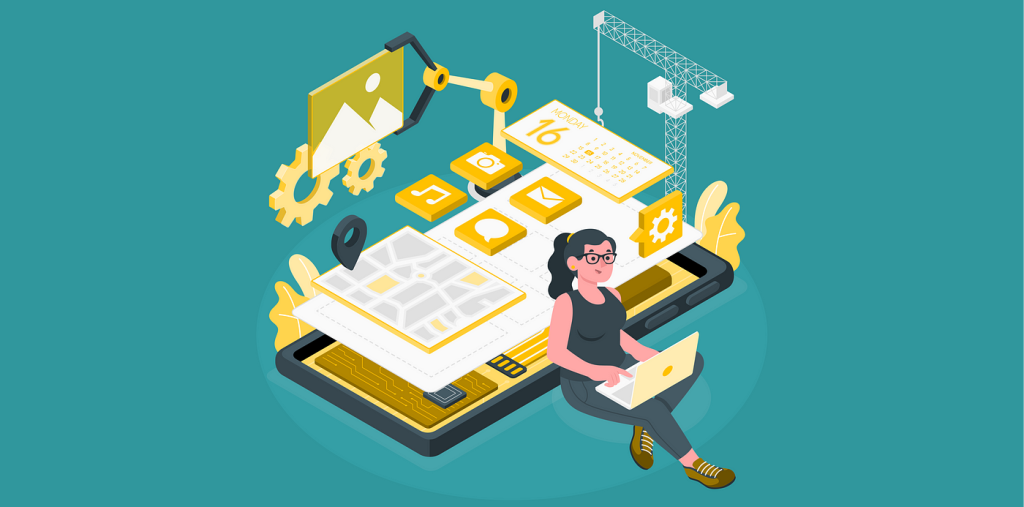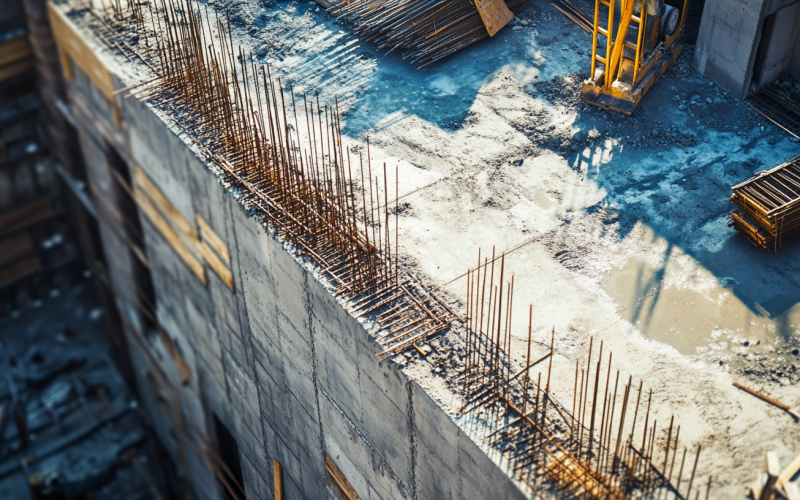Having a robust disaster recovery plan is more important than ever. Disaster Recovery as a Service (DRaaS) provides organizations with a cloud-based solution to back up and recover data and applications in the event of a disaster.
However, choosing the right DRaaS provider can be challenging given the myriad of options available. This article offers a comprehensive guide on how to evaluate DRaaS options to ensure you select the best solution for your organization’s needs.
1. Understand Your Business Needs
Before evaluating DRaaS options, it’s crucial to understand your organization’s specific disaster recovery requirements. This includes:
- Business Impact Analysis (BIA): Identify critical applications and data, and understand how downtime or data loss would impact your operations. This analysis will help determine your Recovery Time Objective (RTO) and Recovery Point Objective (RPO), which are key factors in selecting a DRaaS solution.
- Compliance Requirements: Consider industry regulations and compliance requirements related to data protection and disaster recovery. Ensure that the DRaaS provider you choose can meet these standards.
- Budget Constraints: Assess your budget for disaster recovery. DRaaS solutions vary widely in cost, so it’s essential to find a solution that fits within your financial parameters while meeting your needs.
2. Evaluate Recovery Time Objectives (RTO) and Recovery Point Objectives (RPO)

RTO and RPO are critical metrics that define the acceptable levels of downtime and data loss for your organization.
- RTO (Recovery Time Objective): This is the maximum amount of time your organization can tolerate being without critical systems and data. Evaluate DRaaS providers on their ability to meet your RTO requirements. Look for providers that offer solutions with minimal recovery times and can quickly restore your systems and data.
- RPO (Recovery Point Objective): This defines the maximum acceptable amount of data loss in terms of time. For instance, if your RPO is four hours, you can tolerate losing up to four hours of data. Ensure that the DRaaS provider offers data backup solutions that align with your RPO needs, such as real-time or near-real-time backups.
3. Assess Data Backup and Recovery Capabilities
The core function of DRaaS is to ensure that data and applications can be restored effectively after a disaster. Consider the following factors:
- Backup Methods: Understand the types of backup methods used by the DRaaS provider, such as full backups, incremental backups, or differential backups. The provider should offer a backup strategy that aligns with your data protection needs.
- Data Replication: Check if the provider offers continuous data replication to ensure that your data is up-to-date and can be quickly restored. Ask about the frequency of data replication and how it impacts recovery times.
- Testing and Validation: Ensure that the DRaaS provider conducts regular testing and validation of their disaster recovery solutions. This ensures that recovery processes are effective and reliable.
4. Review Security Measures
Security is a critical consideration when choosing a DRaaS provider. Ensure that the provider implements robust security measures to protect your data and applications:
- Encryption: Verify that the provider uses encryption both in transit and at rest to safeguard your data from unauthorized access.
- Access Controls: Evaluate the provider’s access control mechanisms to ensure that only authorized personnel can access your data. This includes authentication methods, role-based access controls, and audit logging.
- Compliance: Ensure that the provider complies with relevant industry standards and regulations, such as GDPR, HIPAA, or PCI-DSS. Compliance ensures that your data is handled according to established security and privacy practices.
5. Consider Scalability and Flexibility

As your business grows and evolves, your disaster recovery needs may change. Choose a DRaaS provider that offers scalability and flexibility to accommodate these changes:
- Scalability: The provider should be able to scale resources up or down based on your changing needs. This is particularly important if you anticipate significant growth or fluctuations in data volume.
- Flexibility: Look for a provider that offers customizable disaster recovery solutions tailored to your specific requirements. This includes options for different recovery strategies, backup frequencies, and recovery locations.
6. Evaluate Vendor Support and Service Level Agreements (SLAs)
Vendor support and SLAs are crucial aspects of any DRaaS solution. Ensure that the provider offers:
- 24/7 Support: The DRaaS provider should offer round-the-clock support to address any issues or emergencies that arise. Evaluate the provider’s support channels, response times, and the availability of on-site support if needed.
- SLAs: Review the provider’s SLAs to understand their commitments regarding recovery times, data protection, and support response times. Ensure that the SLAs align with your RTO and RPO requirements.
- Service Continuity: Assess the provider’s service continuity plans to ensure that they have robust processes in place to maintain service availability and reliability.
7. Review Costs and Pricing Models

DRaaS solutions vary in cost depending on factors such as the scope of services, data volume, and recovery requirements. Consider the following:
- Pricing Models: Understand the provider’s pricing structure, including any setup fees, monthly fees, and additional charges for data transfer or recovery. Compare pricing models among different providers to ensure you get the best value for your investment.
- Cost Transparency: Ensure that the provider offers transparent pricing with no hidden fees. Clarify any potential additional costs associated with data recovery, testing, or scaling.
- Total Cost of Ownership: Consider the total cost of ownership, including both direct costs (e.g., subscription fees) and indirect costs (e.g., potential downtime or data loss). Evaluate the long-term value of the DRaaS solution in relation to its cost.
8. Check References and Reviews
Finally, research the DRaaS provider’s reputation and performance by checking references and reviews:
- Customer References: Request references from current or past clients to gain insights into the provider’s performance, reliability, and customer service.
- Online Reviews: Look for online reviews and ratings to gauge the provider’s reputation in the industry. Pay attention to feedback related to service quality, support, and overall satisfaction.
Choosing the Right DRaaS for Effective Business Continuity
Evaluating Disaster Recovery as a Service (DRaaS) options is a critical process that requires careful consideration of your organization’s needs, the provider’s capabilities, and the overall value of the solution. By understanding your requirements, assessing key factors such as RTO and RPO, reviewing security measures, and evaluating support and pricing, you can make an informed decision that ensures effective disaster recovery and business continuity.
A well-chosen DRaaS solution will provide peace of mind, knowing that your data and applications are protected and can be quickly restored in the event of a disaster.











